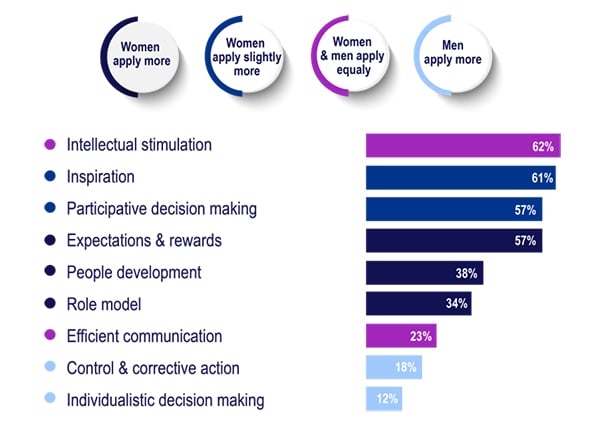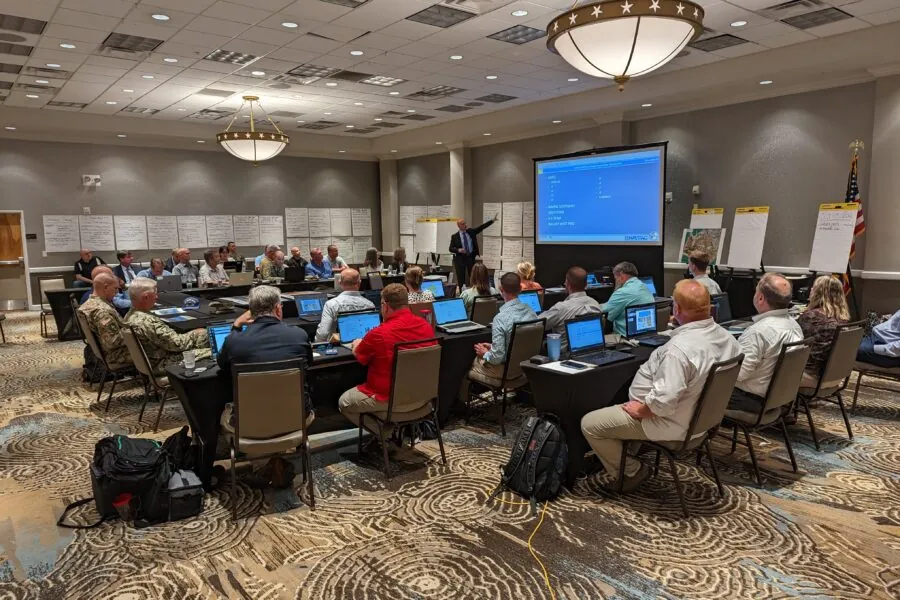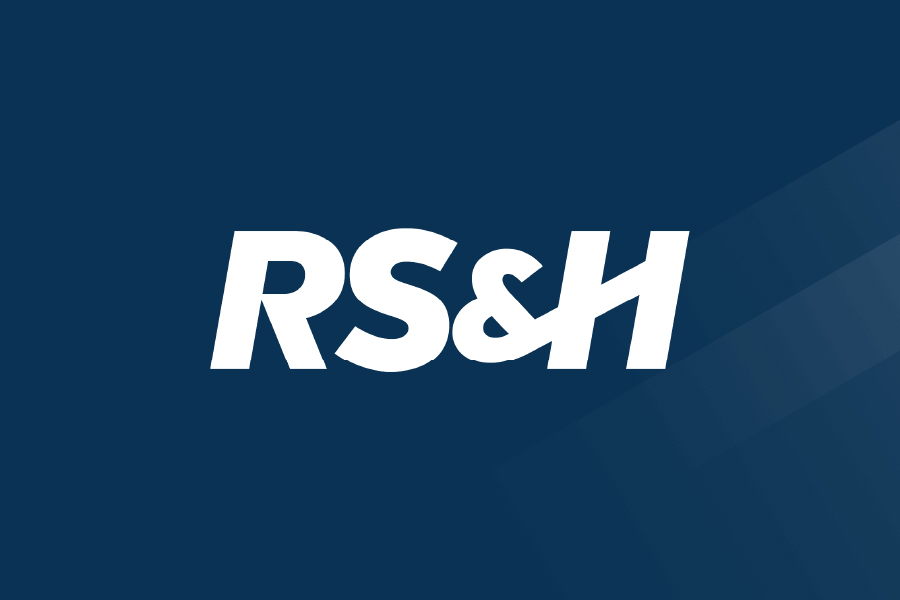Yielding Stronger Organizational Effectiveness and Winning the Talent War

This post was written by Lisa Thoele, RS&H and Danielle Barner, Atkins
Canadian Prime Minister Justin Trudeau once said, “When people with a variety of perspectives work together and think collaboratively, innovative, creative solutions emerge, [leading] to new growth and new prosperity.”
We couldn’t agree more.
Many companies dedicate significant time and dollars to leadership development programs, personality tests and cross-functional training to improve performance and groom their next generation of leaders. These are all valuable tools, and we advocate for all of them.
But why are we investing so heavily in asking our mostly homogeneous leadership teams to learn new behaviors? Why not put that level of focus on attracting, engaging, retaining, and promoting a more diverse workforce in the first place? More than just sound social policy, having a more gender-diverse workplace in the AEC industry (and any industry, for that matter) is crucial to operational effectiveness, financial performance and helping corporations win the current talent war.
For over a decade, McKinsey & Company has studied the economic benefit of increased gender diversity and published an annual study about women in the workplace. What they found is that from entry level to the C-suite, women are underrepresented at all levels of an organization, less likely to advance than men, and face more barriers to senior leadership.
In order to establish what companies can do to promote the advancement of women, we studied the research, interviewed women in a variety of government, military and private industry roles, and drew on our own experiences as women in the AEC industry. We sought to understand the value that women bring to leadership teams, and where the breakdown is occurring in establishing gender parity in our boardrooms.
A Different Perspective
Drawing on well-known research in behavioral psychology, McKinsey identified nine positive leadership traits that improve organizational performance in corporations and found that men and women exhibit these behaviors in different frequencies. The nine behavior traits include:
- Inspiration
- Efficient Communication
- Control and corrective action
- Expectations and rewards
- Role Model
- People Development
- Intellectual Stimulation
- Individualistic Decision Making
- Participative Decision Making
Interestingly, the study found that women tend to use five of the nine types of behaviors that improve organizational performance more often than men do (People Development, Expectations and Rewards, Role Model, Inspiration, and Participative Decision Making). And of the leadership traits cited by top executives as being most effective to address future challenges, women applied three of the top four behaviors more often than men.
Figure 1 Most effective leadership behaviors in addressing the challenges of the future
So what does all this mean? The simple answer is that in order to improve organizational effectiveness, we need more women in positions of leadership to generate a broader spectrum of key leadership traits and behaviors that make organizations successful.
Current Status and Trends
Most can agree that diversifying perspectives in leadership is important, but a breakdown is still occurring between how we think about diversity and what we do about it.
According to McKinsey, while representation of women in senior leadership has increased over the past five years, change has been slow, and women continue to be outnumbered at every level. While women make up over 50 percent of college graduates, only 25 percent of them occupy management positions. In 2019, women have achieved close to parity (48 percent) at the entry-level; however, representation continues to decline significantly past the entry-level position.
The most significant drop occurs at the move to manager level, with 38 percent representation. We see another drop to 30 percent of vice president roles, and only 21 percent representation in the C-suite. This means workplaces continue to be plagued by the “leaky pipeline” concept, where women stop progressing in their engineering careers more often than men.
Figure 2 Companies face “leaky” pipelines of female talent, and lose women at each level of the organization
At the same time, there is an acute shortage of engineers in the United States. Nearly 2 million engineers will be needed in the U.S. by 2025. This means an opportunity exists for companies to attract and retain talented female engineers and to develop them into leadership positions. And it is possible – the data shows that if women are promoted and hired to first-level manager positions at the same rates as men, we will add 1 million women to management positions in corporate America over the next five years.
How To Win the Talent War
What we learned through our interviews with other women was inspiring, eye opening and, in some cases, quite shocking. We learned is that it is possible to be successful as a woman in a leadership role in our industry, but despite the popular advice to “Lean In”, the onus cannot be on women alone to help close the gap. Women are ambitious but need an environment in which they feel supported and can be confident they have not just equal opportunity, but recognition of the discrete value they bring.
In the 2017 Women Matter study, McKinsey outlined five dimensions for change that organizations should focus on to enable women’s advancement and create more gender-neutral organizations. They include:
- CEO and Management Commitment
- Transparency and Indicators Tracking
- Women’s Leadership Development
- Diversity-Enabling Infrastructure
- Inclusive Mind-Sets and Processes
A survey of 1,400 executives indicated that company culture is twice as important as individual mind-set in building a woman’s confidence that she can succeed in obtaining a leadership role. Our leaders need to go beyond a vocal commitment to diversity by cascading a clear business case for change. Inclusion metrics, tracking and reporting all hold organizations accountable. Formal programs for sponsorship, training and women’s networks all help create a supportive environment and provide women techniques for navigating advancement. Flexible work schedules and work from home policies are being embraced more often in many companies, but there is still a long way to go in the areas of non-traditional standard work hours, paid extended leave and back-to-work programs.
Perhaps the biggest challenge of all is increasing awareness of unconscious bias in recruitment and promotion decisions. Corporate culture, role modeling biased hiring practices and formal training programs on debiasing and independently evaluating employee performance are a long way off in changing deep-rooted behaviors.
But if we’ve learned anything during this process, it’s that embracing a wider set of behaviors can and will make us more effective. Former US President Barack Obama stated, “I’m absolutely confident that for two years if every nation on earth was run by women, you would see a significant improvement across the board on just about everything.”
Now we are not out to promote that women should take over the world (or even the boardroom) – rather, we should do more than pay lip service to gender diversity. We should strive to think differently, operate differently and behave differently. We should celebrate the ways that we are different. And in a crowded industry where companies are fighting for market share and the best talent, different is a good thing.
Learn more about RS&H’s Ignite Women’s Leadership Network.






